To have eggs, delicious dietary meat and feathers in the house, they resort to breeding poultry. To do this, you need to create certain conditions for keeping chickens so that they feel comfortable and do not stagnate.
Care and breeding conditions
You can breed poultry by incubating eggs or acquiring young animals. Many breeders prefer to buy mature chicks. In this case, you need to pay attention to the breed of chickens (egg or meat). The choice depends on what product is planned to be obtained from the poultry.
Healthy chicks have the following characteristics:
- the chest is straight;
- strong legs;
- bulging eye sockets;
- clean and shiny feather;
- fleshy scallop;
- mobility and good appetite.
You can breed chickens in a cage or on a walk. When these methods are combined, stress can occur in the chicken, which negatively affects its health and egg production.
If the choice fell on keeping birds without walking, you need to prepare cages in which chickens will stay. Their size should be such that no more than 7 chickens are kept on 1 m² of the area. To save space, the cages can be arranged in several tiers. For the construction, a welded mesh with fine cells is used. The bottom should be two-tiered. This will make cleaning and cleaning the cage easier.
In the room where the cages with birds are located, it is necessary to provide good ventilation, lighting for 12 hours. The air temperature should not fall below 18 ° С. If chickens are kept in cages in winter, heating must be done there.
If chickens are bred for a walk, it is worth zoning the area into an open-air cage and a chicken coop in which the birds will sleep and lay eggs. The area depends on the size of the livestock. On average, it should be 2 times larger than the chicken coop. The aviary must be protected with a net or a fence, the height of which will be such that the birds cannot fly over it. It is recommended to pull a net or make a canopy from above. This will protect the bird from sunlight, rain or snow.
Particular attention should be paid to the arrangement of the interior of the room. To do this, it must contain feeders, drinkers, perches, nests. It is recommended to make windows in the walls through which daylight will enter.
To ventilate the chicken coop, a hatch can be mounted in its roof, which, if necessary, can be opened or closed. Windows and doors are also used for ventilation.
Chickens lay eggs in certain places - nests. For their construction, you can use wooden boxes, the inside of which is covered with hay or straw. The height of the sides of the nests should not exceed 35 - 40 cm, which will provide easy access for layers to them.
Feeders and drinkers are located along the diameter of the chicken coop and aviary.
[alert color = "blue" icon = "info-circle"]Important! It is not recommended to install them close to each other. Otherwise, the water will splash, moistening the feed, which will lead to its rapid deterioration. [/ Alert]
To make the chickens feel comfortable in the hen house, you need to equip perches in it. For this, it is better to use wooden blanks. This will protect the bird's feet from freezing. The diameter of the workpieces should be such that the birds can grab them with their paws.
Experienced breeders recommend the use of removable perches. This will make cleaning easier and easier.To save free space in the chicken coop, the perches can be arranged in several tiers. At the same time, the height between them should not be less than 50 cm.From the floor level, the perches should be located within 40 - 75 cm.
The diet of chickens must be formulated in such a way that it includes proteins, fats and carbohydrates and vitamins in the required amount. Each of these elements has specific implications for the growth and development of a healthy herd.
- Proteins are the main building blocks for the formation of the skeleton and cells of the body of birds. They are found in legumes, bone meal, and meal.
- In order for chickens to be energetic, they need a supply of fat. A large number of them are found in oats and corn.
- The functioning of the internal organs depends on the amount of carbohydrates. To do this, the diet of the bird should include juicy feed, for example, unrefined grain.
- Egg shells will be strong if the feed contains vitamins A, D and B, which are found in chalk, ash and bone meal.
For feeding livestock, you can purchase ready-made combined feed, which contains the required amount of all components, vitamins and minerals. The possibility of its own preparation is also not excluded. To do this, you need to have experience in breeding birds.
The chicken does not eat, does not drink, sits ruffled
Even the correct breeding of poultry does not exclude the disease of the livestock. Chickens are susceptible to many ailments. Among the most common are the following:
- Getarakydosis. The causative agent is helminths that enter the bird's body through water or food. They parasitize in the cecum. When infected with hetarakydosis, the chicken does not eat, ruffles its feathers, wheezes, and gradually becomes thin. For the treatment of birds, the drug phenothiazine is used, adding it to drinking water. In order to prevent and avoid contamination of the entire livestock, it is recommended to disinfect the chicken coop and the walking enclosure.
- Salmonellosis. This is an infectious disease caused by microorganisms that can stay in frozen meat, milk or kefir, water for a long time. Infection occurs through the use of eggs, on the surface of which there are microorganisms. Salmonella parasites in the epithelium of the small intestine. A sick bird begins to cackle, lowers its tail, chicken droppings become liquid, the bird constantly opens its beak, the chicken is ruffled and does not move much. It is recommended for a sick individual to add antibiotics to the drinking water intended for the destruction of Salmonella or tetracycline. With proper treatment, the disease is cured in 10 - 14 days.
- Ascites. Scientists believe that this disease is genetic. It can be diagnosed 5-6 days after hatching of the chick from the egg. A sick bird accumulates fluid in the stomach, the chicken is sluggish, sits more, its head is lowered, it gets hammered into the corner of the chicken coop, it can lie on its side, it often ruffles. Also, the chicken eats poorly and is sluggish. If the chicken is sick: not eating, not active - this is the first sign that it is sick. For the treatment of ascites, experienced breeders recommend adding the acidifier Bitronix Forte to the food of birds. With the wrong or untimely treatment of the disease, it is possible that 50% of the livestock will be lost. As a preventive measure, birds should be given as much green food as possible.
- Arthritis is a disease of the joints of a bird. With the development of the disease, the chicken gets sick, closes its eyes, sits ruffled, ignores food. It is also possible that the chicken will constantly pour loose stools. The chicken does not eat or drink what to do? This question often worries inexperienced breeders. Arthritis is difficult and time-consuming to treat. If pullets become ill, it is recommended to use the antibiotic ampicillin or other drugs from this group. They can be injected into chickens intramuscularly or added to feed.Better to prevent birds from getting arthritis. To do this, you need to keep the chicken coop and the walking cage clean, change the litter in the poultry house as necessary, heat the room in which the chickens are kept during cold weather, cover the floor with a clean and warm bedding. These activities will help to avoid the development of leg diseases in chickens.
- Newcastle disease is capable of spreading rapidly throughout the herd. Among the factors that lead to the spread of the disease are dirt in the hen house and an improperly selected diet. Symptoms of bird infection are that the hen presses its tail to the body, ruffles, its beak turns yellow, the bird sinks to the ground, stands in an unnatural position. If a chicken has a drooping tail, the reasons may lie in the defeat of this dangerous disease. It cannot be cured. Sick birds should be isolated in an enclosed space. For prevention purposes, it is recommended to vaccinate young animals at 4 months. This builds immunity to disease.
- Typhus is an infectious disease that is provoked by pathogenic microorganisms. The bird can become infected through food or drink. Many breeders are worried about why the chicken has a drooping tail, the chicken sleeps on the move, what to do? The manifestation of such signs is a reason for contacting a veterinarian. He will diagnose the disease and prescribe a course of antibiotic treatment. If the chicken has become lethargic and sleeps all the time, it needs to be isolated and treated. The chicken coop needs disinfection.
- Streptococcosis. The disease is also known as sleeping sickness. The birds almost constantly sit in one place, dropping to their feet, the chicken becomes lethargic and sleeps all the time, slowly eats food, always tries to huddle somewhere. For treatment, a course of antibiotics is prescribed. Sick birds should be isolated from the rest of the livestock. Only a veterinarian can answer the question of why chickens sleep during the day after a thorough examination of the birds.
- Goiter pathology. The full crop of a bird is soft, but if it is empty, it is difficult to find it. If the goiter is hard, it may indicate that the chicken is sick. With the development of this ailment, the bird completely refuses food, becomes lethargic and inactive, it can sit in one place for almost the whole day. For treatment, it is recommended to inject 20 mg of vegetable oil into the beak. When you click on the goiter, you need to squeeze the contents out of it. After this unpleasant procedure, the bird is soldered with a weak solution of potassium permanganate. To relieve intoxication, it is recommended to give the bird glucose or sweet water to drink. Infection with this disease provokes a violation of the digestive process. To get rid of, it is worth giving the chicken orally 0.2% hydrochloric acid. The veterinarian may prescribe a course of antibiotics (doxycycline, thromexin). They can be added to water or given by injection. It is better to feed the birds with a liquid mash until they recover. Problems can also arise if the bulk of the chicken's food consists of solid food, which clogs the goiter. To help the bird, you need to remove all contents from the goiter by gently pressing on it. If this is not done in time, it is possible that the chicken will have to be operated on. To fully recover, the bird needs antibiotic treatment.
In order for the chicken population to be healthy, it is worth providing the correct conditions for keeping birds: good lighting of the chicken coop, the presence of ventilation, maintaining a certain temperature regime during cold weather, timely cleaning of the house and the open-air cage.
Diet is equally important for bird health. It should include minerals, vitamins and components that are necessary for the normal growth of the bird. Experienced breeders recommend using special combined feeds for feeding birds. You should also not neglect green fodder and mash.
Feeders and drinkers must be kept clean. To do this, water and food must be changed every day.Drinkers should always have clean and fresh water.
Breeders should closely monitor the condition of the birds. If the birds become lethargic, eat poorly or do not drink, do not want to walk, this should be a signal. And most importantly, you should not engage in self-treatment, it is better to seek help from a veterinarian.
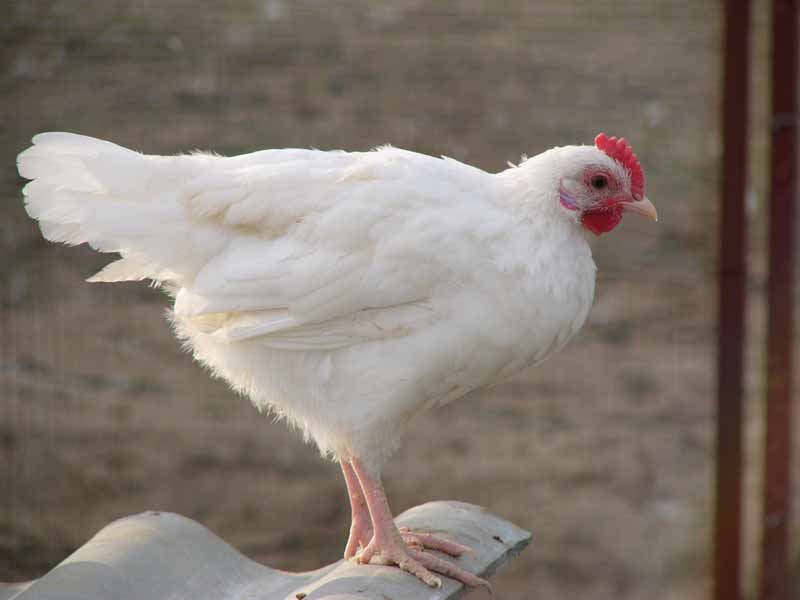
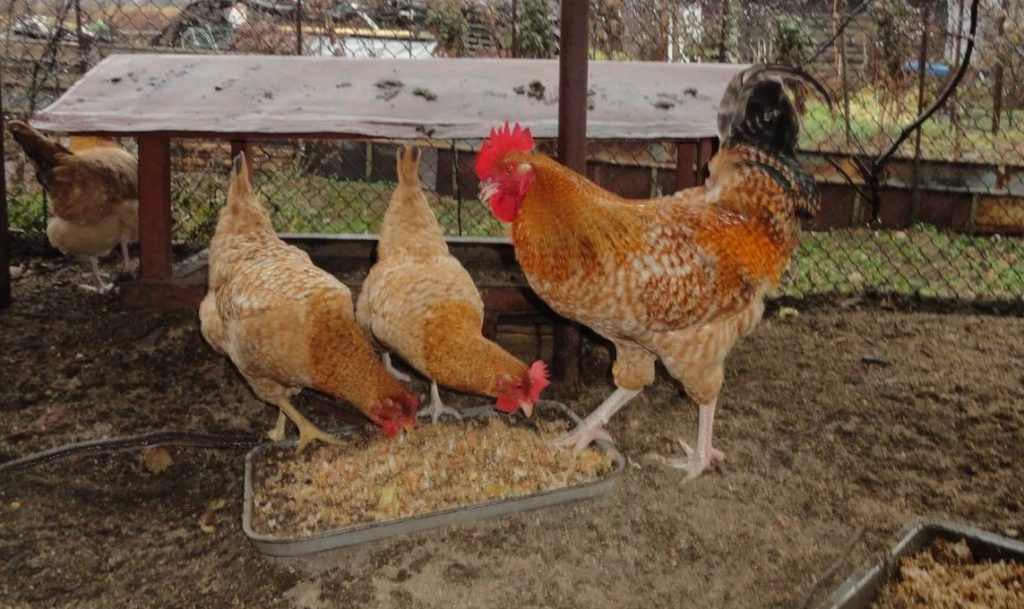
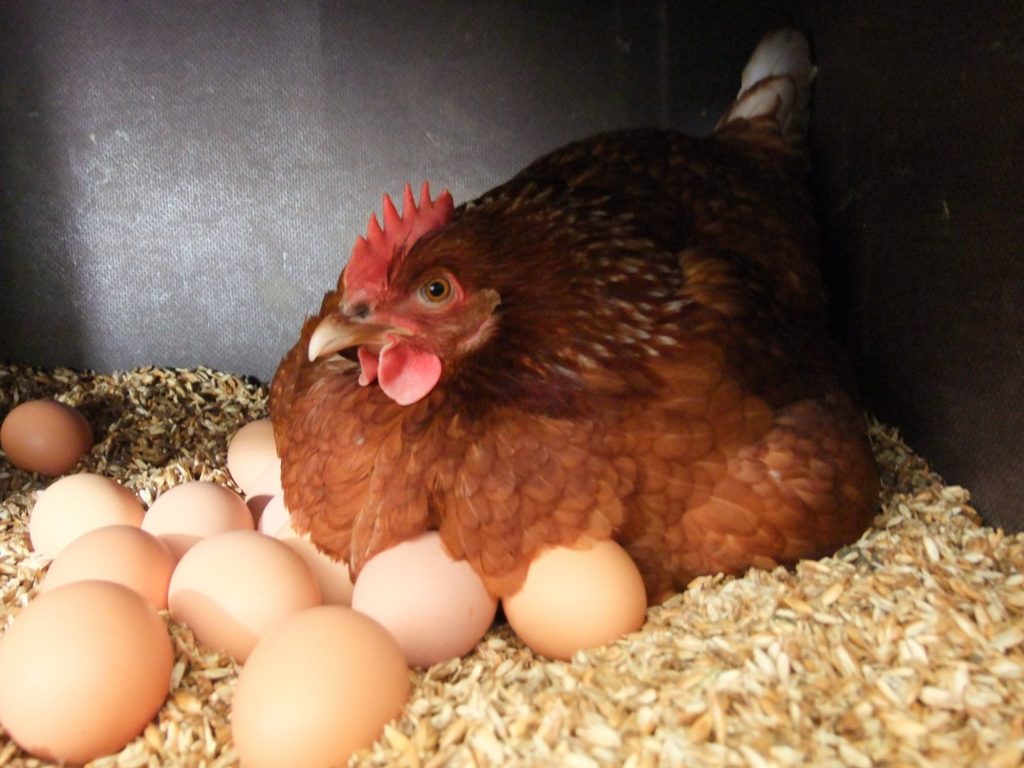

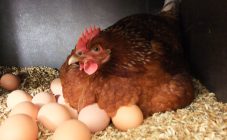
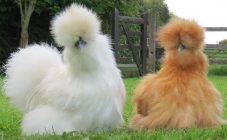
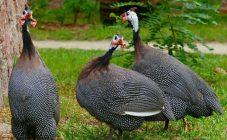
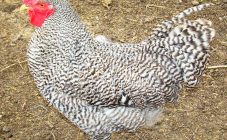
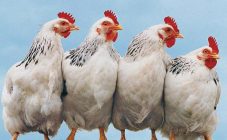
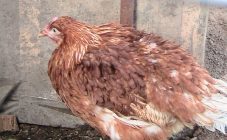







Please give the address of the veterinarian. Wherever you turn one answer: dir while you can!